Union Literary Institute
One of the first schools in the U.S. to admit students without regard to race or gender.
Opened in 1846, the Union Literary Institute was one of the most inclusive schools in the United States.
The school was located in Indiana, just across the Ohio border. According to its constitution the institute would not tolerate “any distinction on account of color, rank, or wealth.” It also admitted both boys and girls. Three years before, Indiana had passed a law clarifying the state’s policy on public school eligibility—only white students could attend. The institute, supported mostly by donations, was one of the only options in the area for people of color to pursue secondary education, and some students came from big cities—Cincinnati and Indianapolis—and from as far away as Tennessee to attend.
As access to public schooling had been restricted, Black communities had started their own schools. White educators had also opened schools for Black students. The institute was unusual for having a biracial board and opening its doors to all students.
Within a few years of opening, it had 50 students living at the school, most of them 12 years and up. Starting at age 14, students did manual labor for four hours a day to earn their room and board. The school offered classes in geography, math, and English, as well as agriculture. While the majority of the students were Black, it remained one of the few integrated schools in the country.
In its early years, the school thrived in the community that created it, one of the largest free Black settlements in the area, which was connected, as well, to the Underground Railroad. But by 1880, the institute had become a public, segregated school; it closed in 1914. The school building passed into private hands, and for many years was used as barn.
Efforts to preserve the remains of the institute began in 1988; in 2008 the building was donated to the Union Literary Institute Preservation Society. The society, says Roane Smothers, its president, is trying to stabilize the building so that people can see what remains. In 2016, they had a historical marker erected on the site as well.
Know Before You Go
It's only possible right now to see the outside of the Institute. The preservation society is working to conserve a number of sites associated with Longtown, the original settlement in the area. It's a short drive, for instance, from the Union Literary Institute site to the Clemens Farmstead, where the first settlers in the area lived.

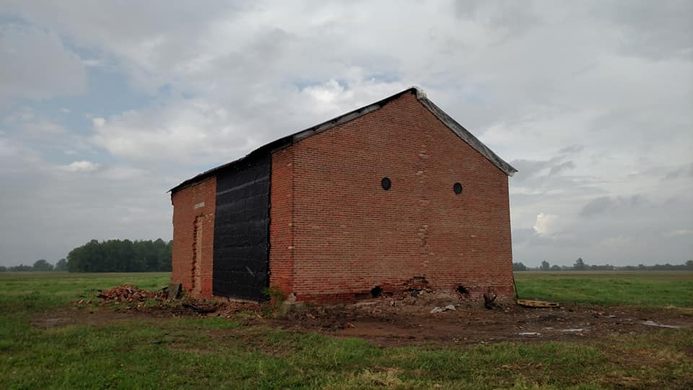
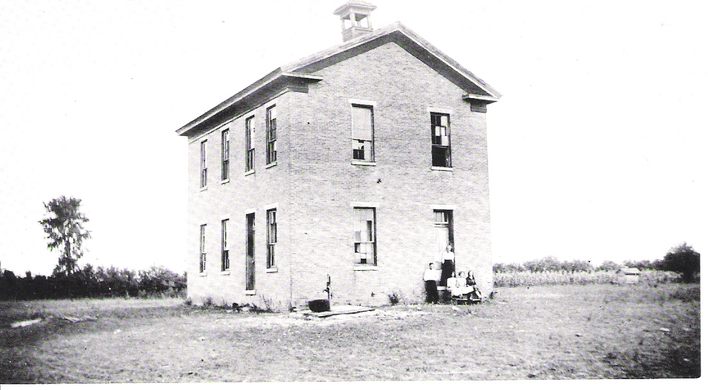
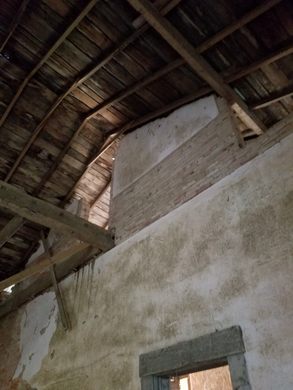
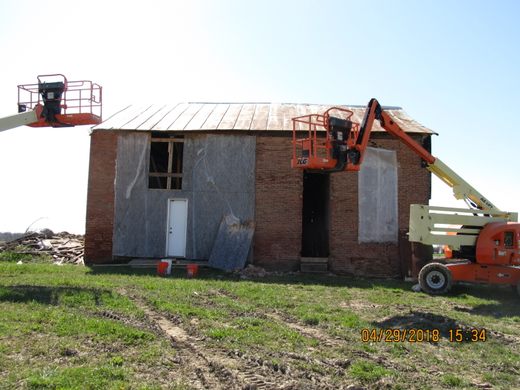
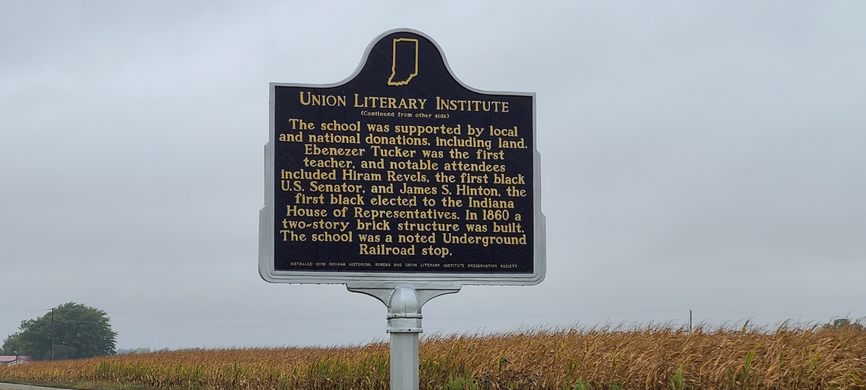
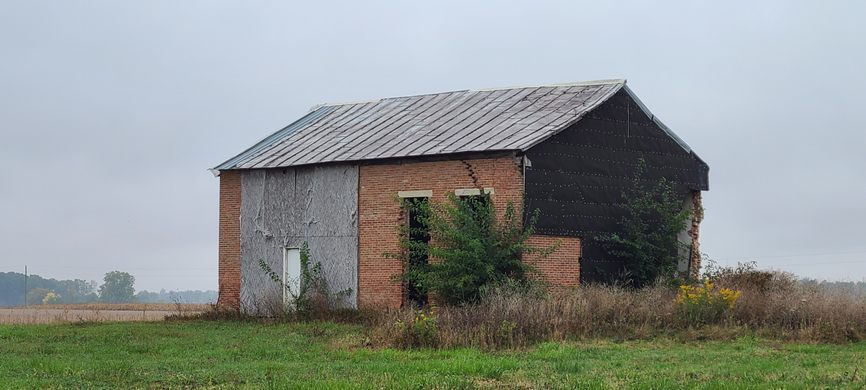










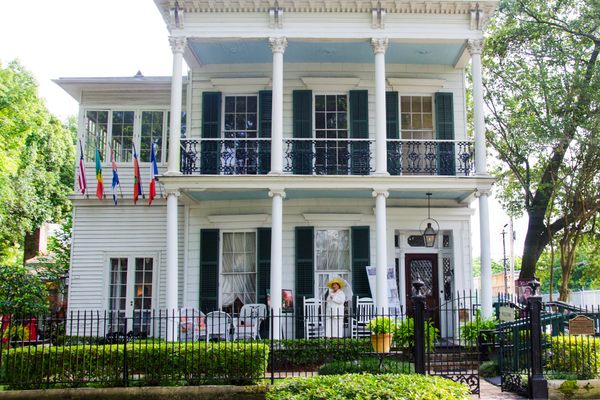
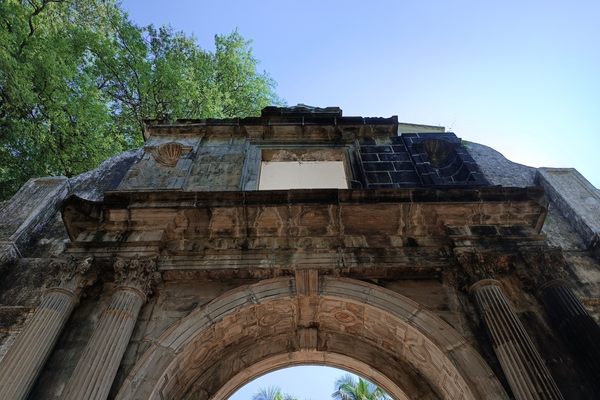
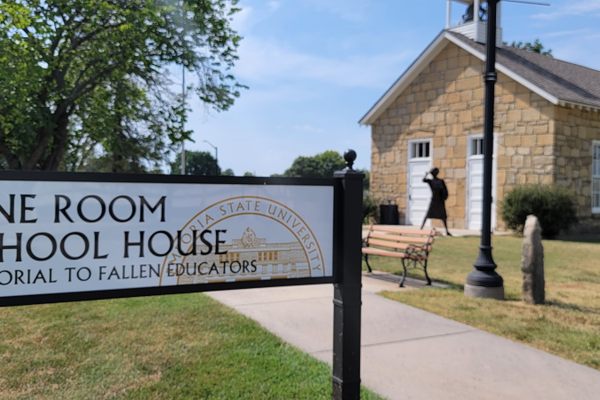

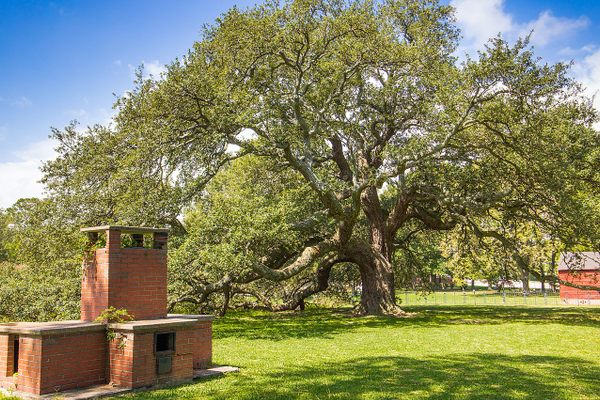

Follow us on Twitter to get the latest on the world's hidden wonders.
Like us on Facebook to get the latest on the world's hidden wonders.
Follow us on Twitter Like us on Facebook